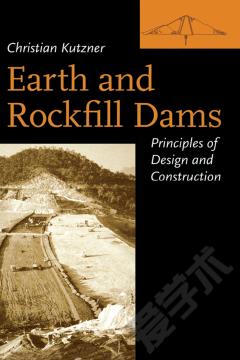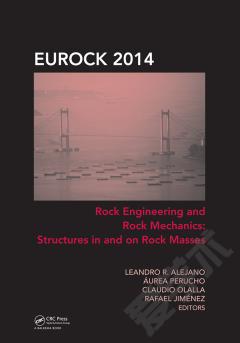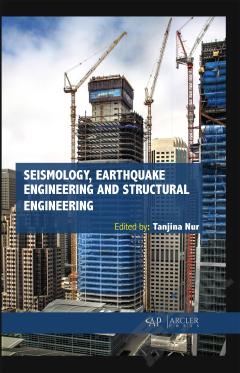Engineering Rock Mass Classification —— Tunnelling, Foundations and Landslides
----- 工程岩体分类:隧道(洞)施工、基础和滑坡
Rock mass classification methods are commonly used at the preliminary design stages of a construction project when there is very little information. It forms the bases for design and estimation of the required amount and type of rock support and groundwater control measures. Encompassing nearly all aspects of rock mass classifications in detail, Civil Engineering Rock Mass Classification: Tunnelling, Foundations and Landsides provides construction engineers and managers with extensive practical knowledge which is time-tested in the projects in Himalaya and other parts of the world in complex geological conditions. Rock mass classification is an essential element of feasibility studies for any near surface construction project prior to any excavation or disturbances made to earth. Written by an author team with over 50 years of experience in some of the most difficult mining regions of the world, Civil Engineering Rock Mass Classification: Tunnelling, Foundations and Landsides provides construction engineers, construction managers and mining engineers with the tools and methods to gather geotechnical data, either from rock cuts, drifts or core, and process the information for subsequent analysis. The goal is to use effective mapping techniques to obtain data can be used as input for any of the established rock classification systems. The book covers all of the commonly used classification methods including: Barton Q and Q systems, Bieniawski RMR, Laubscher MRMR and Hoek and GSI systems. With this book in hand, engineers will be able to gather geotechnical data, either from rock cuts, drifts or core, and process the information for subsequent analysis. Rich with international case studies and worked out equations, the focus of the book is on the practical gathering information for purposes of analysis and design. Identify the most significant parameters influencing the behaviour of a rock massDivide a particular rock mass formulation into groups of similar behaviour, rock mass classes of varying qualityProvide a basis of understanding the characteristics of each rock mass classRelate the experience of rock conditions at one site to the conditions and experience encountered at othersDerive quantitative data and guidelines for engineering designProvide common basis for communication between engineers and geologists
{{comment.content}}








 京公网安备 11010802027623号
京公网安备 11010802027623号